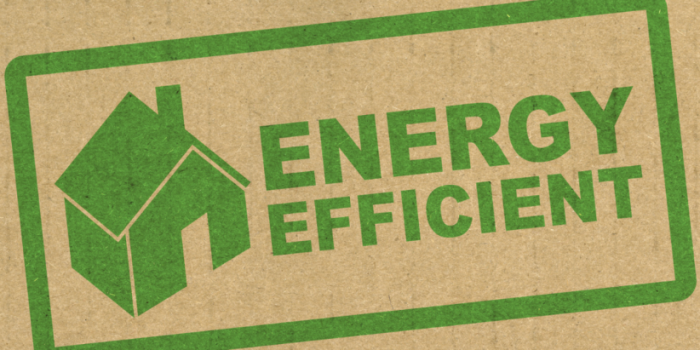
Energy Efficiency with Spray Foam

As much as 40% of a building’s energy is lost due to air infiltration. Gaps, holes and air leaks—which can all be prevented—can make energy bills unnecessarily high and let valuable resources go to waste. Spray foam offers a solution: it weatherizes your home acting as both insulation and an air sealant, or air barrier, closing those nooks and crannies that let air escape and increase monthly energy bills. The U.S. Environmental Protection Agency’s (EPA) Energy Star program estimates that by adding insulation and sealing air leaks, you could save up to 20% on your monthly energy bills.
The U.S. Department of Energy estimates that 56% of the energy used in a home goes to heating and cooling. Your home’s heating, ventilating, and air conditioning (HVAC) system has a big effect on your utility bills and your energy consumption. Maintaining an optimal HVAC system can make your home more energy efficient. Spray foam insulation can help reduce the workload on your HVAC system thanks to its high R-value and effectiveness. In fact, with spray foam, HVAC sizing can be reduced as much as 35% without the loss of efficiency and comfort. Click here to find out how spray foam reduces greenhouse gas emissions.
SPRAY FOAM AS AN AIR SEALANT
Air leaks can waste energy and drive up utility bills. Spray foam can weatherize your home by filling gaps and stopping the leaks in many areas of a home or building. Some common spots for air leaks that can be sealed with spray foam include:
- Behind knee walls
- Attic hatches
- Wiring holes
- Plumbing vents
- Open soffits
- Recessed light, furnace flue or duct chase ways
- Basement rim joists, windows and doors
SPRAY FOAM ROOFING
“Cool roofs” are roofs designed to maintain a lower temperature than traditional roofs. They are light in color and reflect sunlight instead of absorbing it, which allows heat to escape. Spray foam applied to the roof of a home or building can provide cool roof performance when topped with a protective, reflective coating. Along with reducing air conditioning needs, spray foam helps protects the roof, potentially extending its lifetime.
Spray foam roofs also reduce thermal shorts or bridges. Traditional roofing materials must be nailed down or fastened to the roof deck with metal fastenings, creating a thermal short or bridge from the conditioned building interior to the outside roof deck, which can reach temperatures of up to 180 degrees in the summer. Spray foam roofing does not require metal fastening since the foam bonds directly to the roof deck in a continuous layer of insulation.






